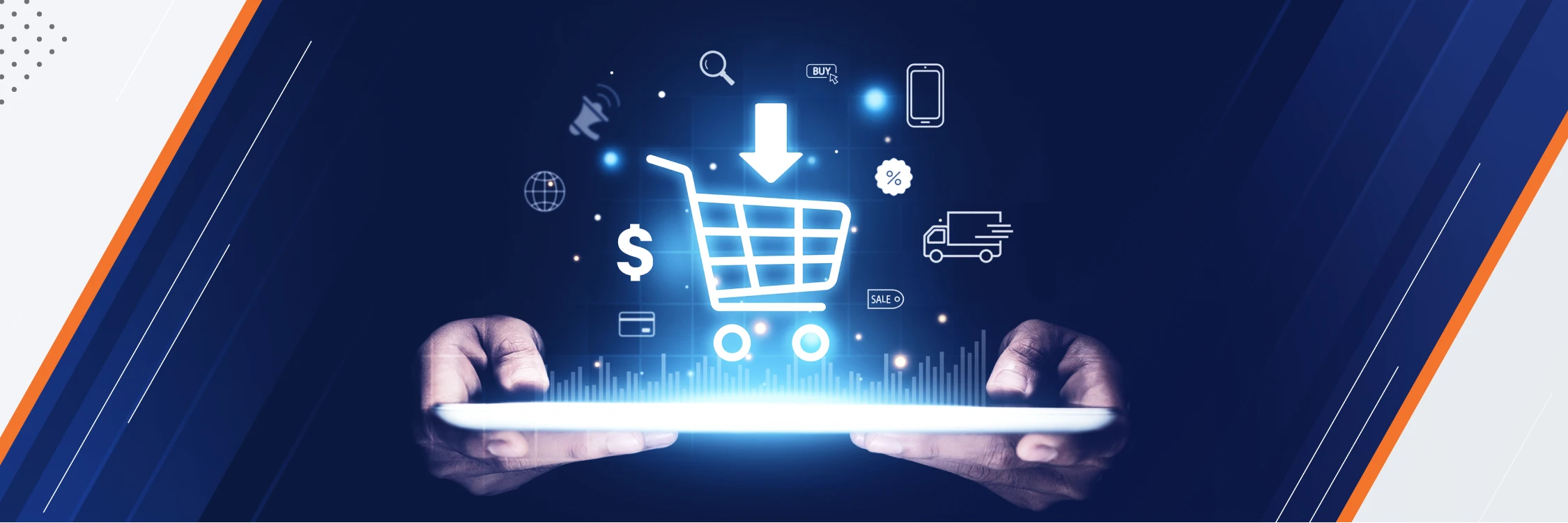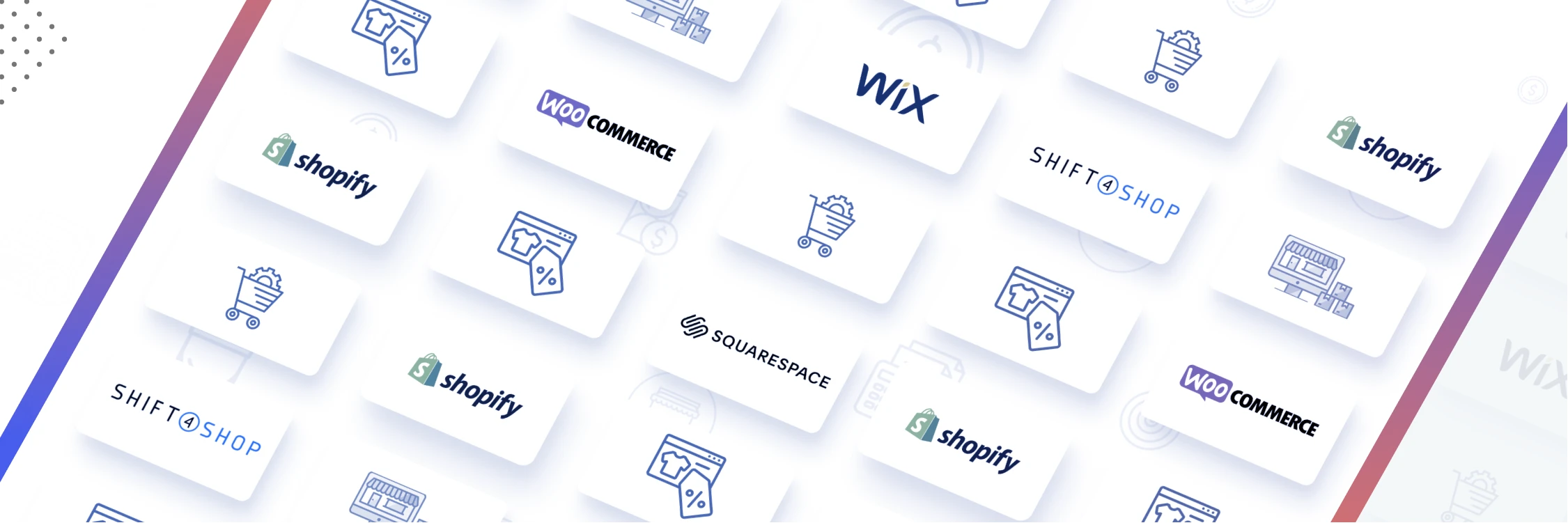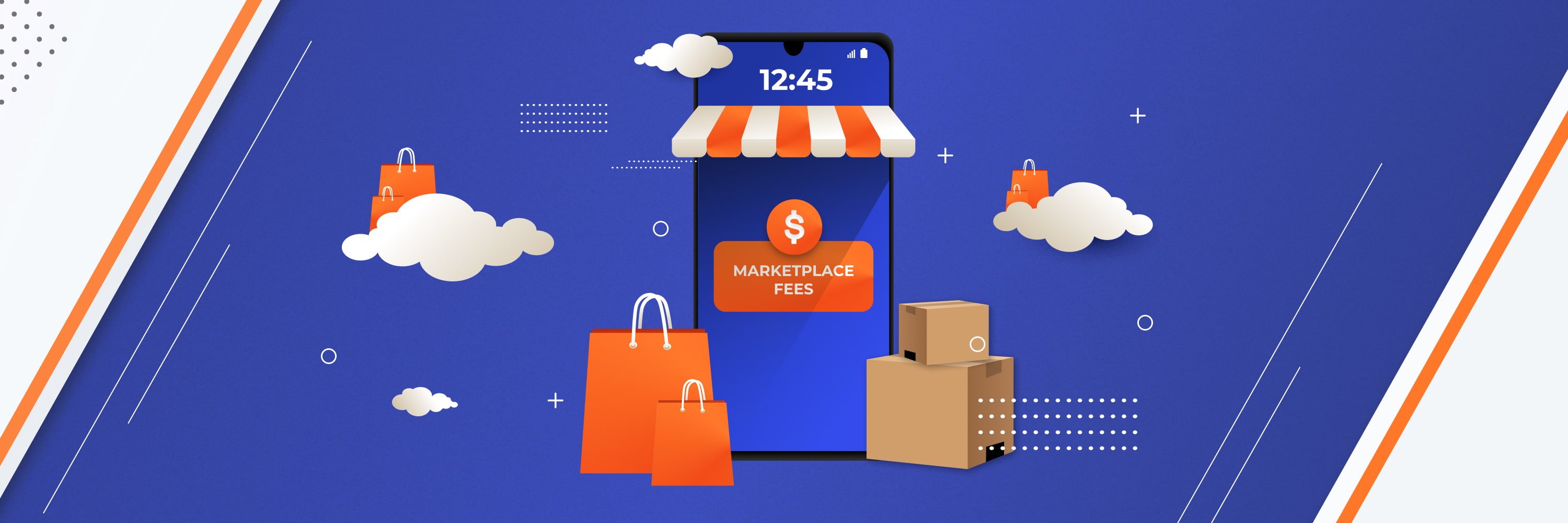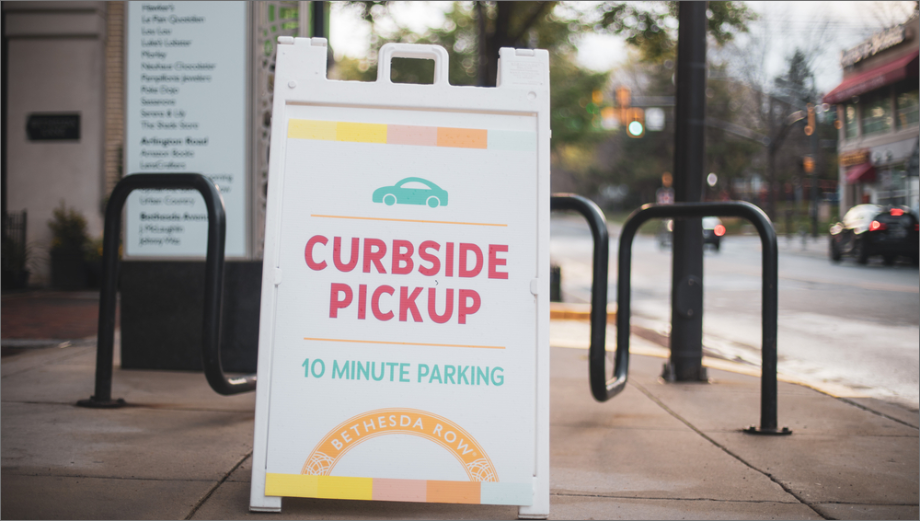
How to Incorporate Ecommerce Into Your Total Business Strategy
Contents
As stay-at-home restrictions are slowly being lifted across the United States, retailers are starting to reopen their brick-and-mortar stores and adhering to the latest recommended safety precautions. They’re planning how to maintain six feet of social distancing between shoppers, as well as schedules for extra sanitizing of high-touch surfaces. However, for sellers who pivoted to ecommerce over the past few months, there aren’t any guidelines for how to incorporate online retail into a total business strategy.
This is where we jump in to help. You’ve already merged ecommerce and traditional retail, so now you can build from that foundation to expand into a multichannel operation and optimize your business. Here’s how.
Allow In-Store Pickups
Whether it’s because they want to save on delivery fees or acquire their purchases faster, consumers love the buy online, pick up in store (BOPIS) phenomenon. In fact, eMarketer research found that 40% consider BOPIS to be a necessity that all retailers should offer and “very valuable” to the overall online shopping experience, and 62% have used this method in the last year. These numbers are likely on the rise due to the COVID-19 pandemic, especially now as states with shelter-in-place orders are easing restrictions to accommodate shopping via curbside pickup.
The in-store pickup also allows consumers to shop from both your online inventory and what’s at your brick-and-mortar location(s) so you don’t lose out on any sales if shoppers see, for example, your online store is out of the color or size they’re looking for. When they do come to the store to pick up their orders, there is another opportunity for them to browse and make additional purchases.
Use Geo-Targeted Marketing
If you’ve been running your online store for the past month or more, you likely have an idea of where most of your customers are located. Use that data to inform your marketing strategy moving forward so you can spend more effectively on geo-targeted ads, which advertise to shoppers in locations you set yourself.
The benefit of geo-targeting marketing is that you can set your sights on multiple locations; once your brick-and-mortar store is open for business, you can add your city to the targeted locations list to remind local shoppers that you’re selling products they want/need. Be sure to also advertise the BOPIS method to consumers in your area so they know they can easily pick up any items.
Offer Delivery from Your Store
Delivery is sort of the flip side of BOPIS, and it’s just as important to offer. It gives shoppers the ability to skip inconveniences like lugging bulky items home or finding a shopping cart because their basket is overflowing. They’ll also be able to have gifts shipped directly to their recipients instead of paying for shipping themselves and dealing with those logistics.
Additionally, offering delivery gives you a better chance of securing a customer’s business in the event that your physical location is out of stock of a particular item. Instead of shopping for the item elsewhere, they can simply order while in your store and have the product sent to them. It is an added convenience for them and an added sale for you.
Consolidate Your Financial Data
If you opened an ecommerce store to combat the impacts of the COVID-19 pandemic, congratulations. Being quick and nimble ensured your business stayed afloat, and you opened a new revenue stream. This comes with a new set of financial data, from the sales you’re making to the fees and expenses for selling online, shipping, and more.
You’ll need to consolidate all of this information when your brick-and-mortar location opens back up, and there is no better way to do it than with automation. Manual data entry is time-consuming, and there is always the risk of human error. Automation, on the other hand, is nearly instant and does the work for you error-free. Webgility’s accounting automation software can merge the financial data from your store and your website, and it’ll be far easier than manually managing your store’s books yourself.
Focus on the Post-Purchase Experience
The post-purchase experience of most online stores goes like this: the customer receives package tracking information, the package is delivered, and the customer receives a delivery confirmation and a thank you message. Once the order is placed, the new customer is also added to the email marketing distribution list and gets access to sales, new product drops, and the like.
You’re already a step ahead if you have this system set up for ecommerce customers, but now you can add your in-store customers to that list as well. By engaging regularly post-purchase, you stay top of mind. You can even go a step beyond this to personalize the post-purchase engagement with related product recommendations or one-time discount codes for birthdays.
Are you ready to eliminate all the busywork between your sales channels and your accounting systems? Take Webgility for a spin FREE for 15-days. No software installations required. No credit card required. Create a free account to get started right away.



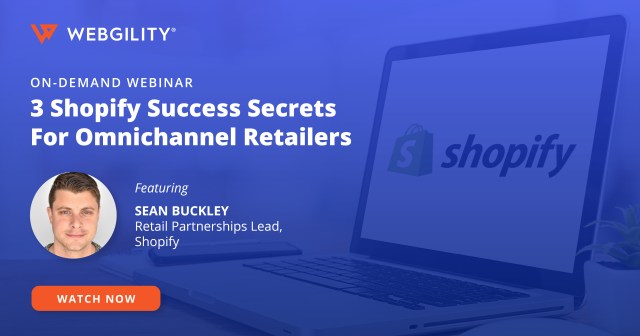
 The Webgility Team
The Webgility Team